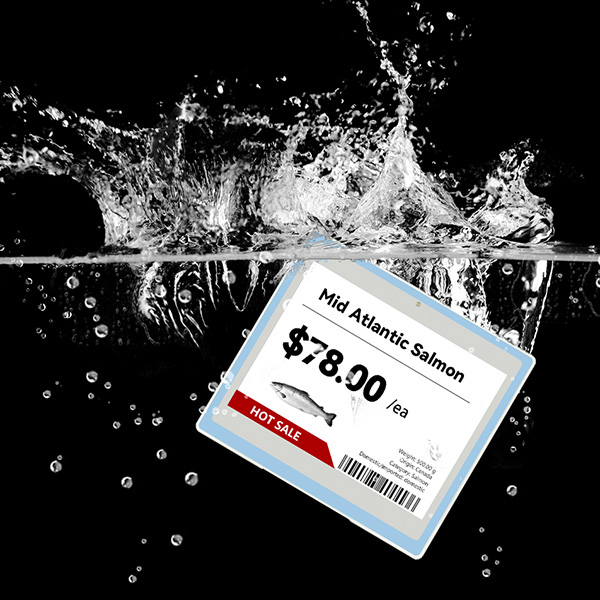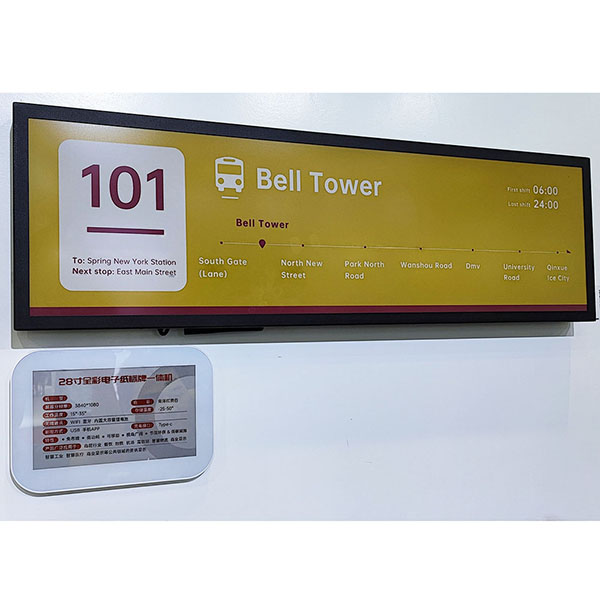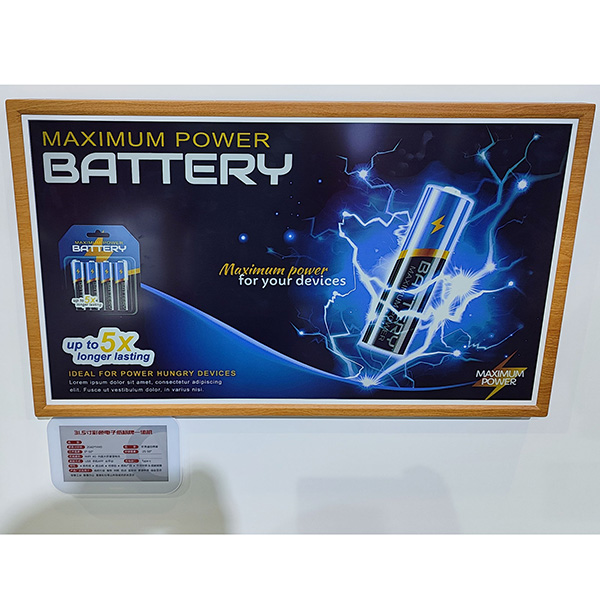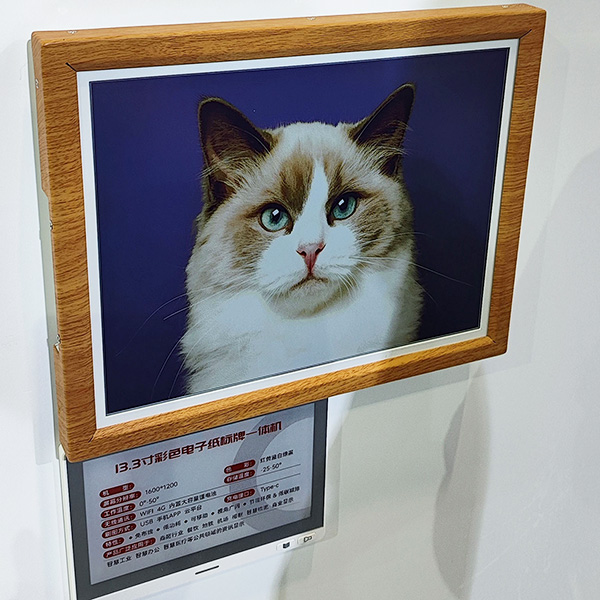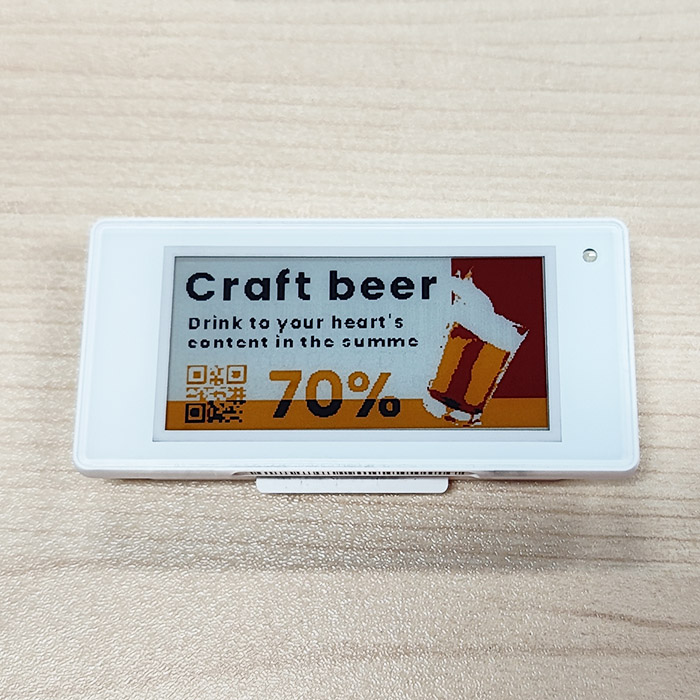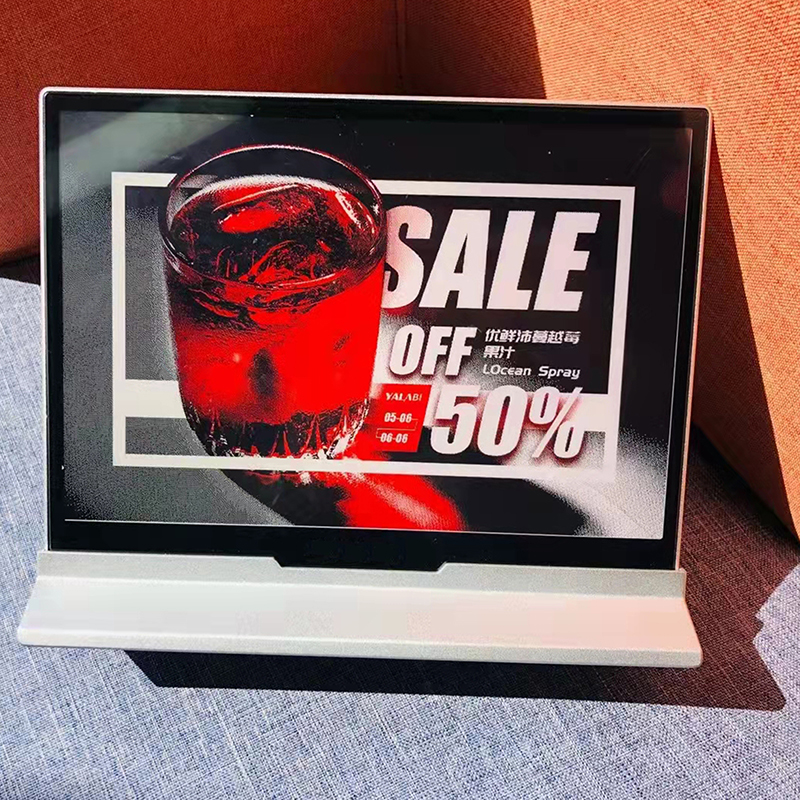The Ultimate Guide to POP Marketing: Strategies, Trends, and Data-Driven Insights
### **Introduction**
In the competitive retail landscape, **POP marketing (Point of Purchase marketing)** has emerged as a critical driver of impulse purchases and brand loyalty. With **70% of purchase decisions made in-store** (Nielsen), businesses that leverage strategic POP displays can boost sales by up to **30%** (Shopify). This comprehensive guide explores the science behind effective POP marketing strategies, analyzes emerging retail trends, and provides actionable insights backed by industry data.
**Core Keywords**:
1. POP marketing strategy
2. Point of Purchase advertising
3. retail marketing trends
4. impulse buying statistics
5. digital POP displays
---
### **Section 1: Understanding POP Marketing and Its Impact**
#### **What is POP Marketing?**
**POP marketing strategy** refers to the use of in-store displays, signage, and interactive tools to influence purchasing decisions at the **Point of Purchase (POP)**. Unlike traditional advertising, POP campaigns target shoppers when they are **most likely to buy**:
- **64% of consumers** make unplanned purchases due to in-store displays (Invesp).
- **45% of shoppers** say attractive displays improve brand perception (HubSpot).
**Case Study**:
Coca-Cola’s **digital POP displays** near checkout counters increased sales by **22%** by showcasing limited-edition flavors with dynamic visuals (Coca-Cola Annual Report 2022).

### **Section 2: The Evolution of Retail Marketing Trends**
#### **Rise of Digital POP Displays**
Modern **retail marketing trends** emphasize technology integration. **Digital POP displays**, such as electronic shelf labels (ESLs) and AR-powered kiosks, now dominate:
- **67% of retailers** report higher engagement with digital vs. static displays (Gartner).
- ESLs reduce pricing errors by **90%** while enabling real-time promotions (Forrester).
**Example**:
Target’s holiday-themed **digital POP displays** drove a **35% YoY sales lift** by blending festive animations with personalized offers (Retail Dive).
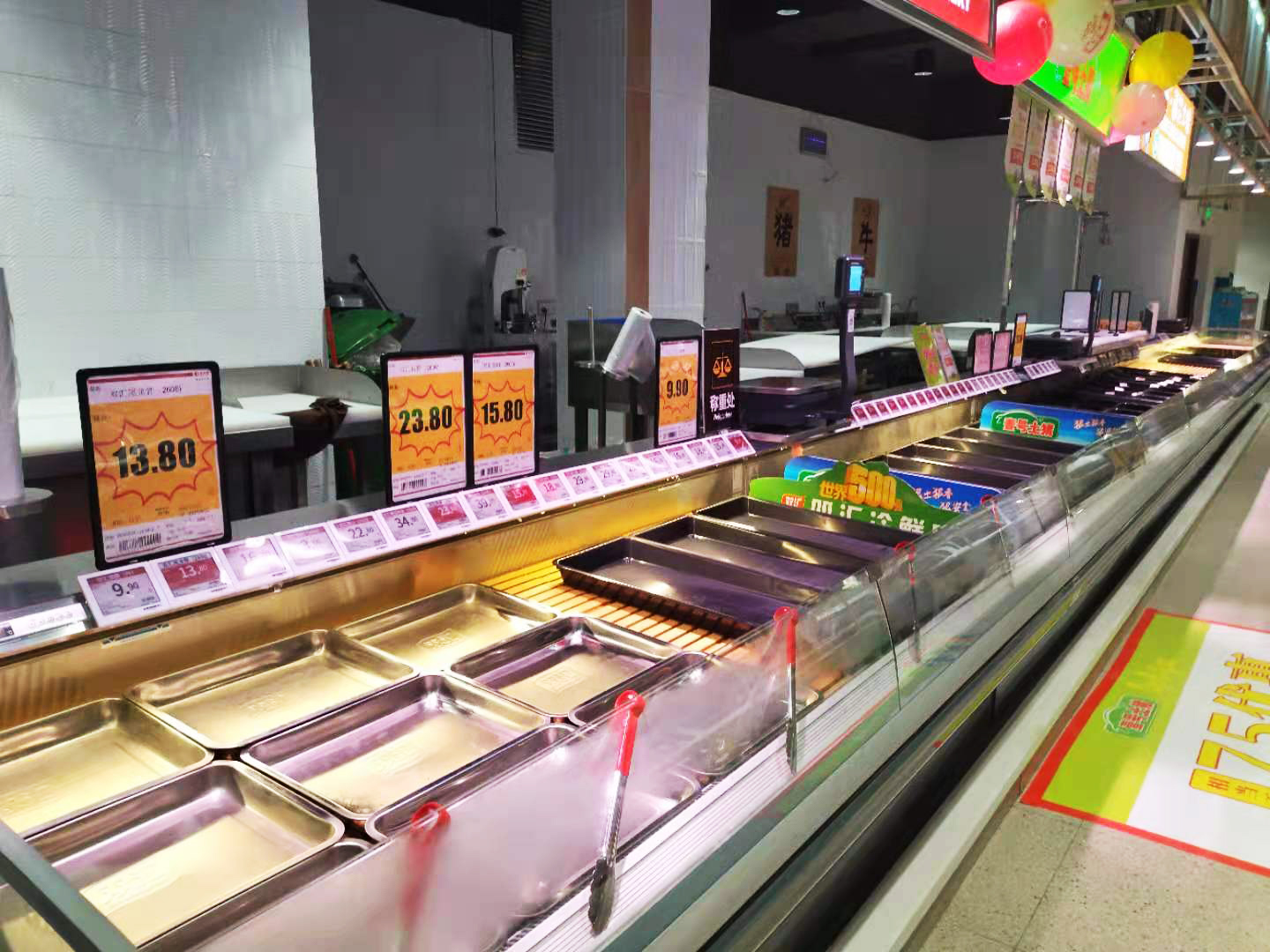
### **Section 3: Psychology of Impulse Buying**
#### **Leveraging Impulse Buying Statistics**
Understanding **impulse buying statistics** is key to optimizing POP campaigns:
- **84% of shoppers** admit to impulse purchases (Slickdeals).
- Products placed at eye level see a **15–20% sales increase** (Nielsen).
**Strategy**:
Use **Point of Purchase advertising** to target high-traffic zones:
- Endcaps boost sales by **32%** (POPAI).
- Checkout counters account for **40% of unplanned purchases** (McKinsey).
**Case Study**:
IKEA’s “Last-Minute Essentials” floor displays near exits increased average basket size by **18%** (IKEA Global Retail Report).
---
### **Section 4: Building a Data-Driven POP Marketing Strategy**
#### **Step 1: Audience Segmentation**
Align **POP marketing strategies** with shopper demographics:
- Millennials prefer **digital POP displays** with QR codes for instant discounts (Statista).
- Gen Z responds to gamified experiences (e.g., “scan-to-win” promotions).
#### **Step 2: Location Analytics**
Heat mapping tools reveal optimal display placements:
- High-traffic aisles yield **2.5x more engagement** than peripheral areas (ShopperTrak).
#### **Step 3: ROI Measurement**
Track metrics like **sales lift** and **dwell time**:
- Walmart’s smart shelves with sensors increased conversion rates by **27%** (Walmart Labs).
---
### **Section 5: Future Trends in Point of Purchase Advertising**
#### **AI and Personalization**
AI-powered **digital POP displays** now deliver hyper-targeted ads:
- Starbucks’ AI menu boards adjust promotions based on weather, boosting cold drink sales by **19%** in summer (Starbucks Technology Blog).
#### **Sustainability in POP Design**
Eco-conscious displays resonate with consumers:
- **73% of shoppers** favor brands using recyclable POP materials (Deloitte).
**Example**:
Patagonia’s cardboard POP displays reduced costs by **25%** while aligning with its eco-branding (Patagonia Sustainability Report).
---
### **Conclusion**
A robust **POP marketing strategy** blends creativity, technology, and data. By capitalizing on **retail marketing trends** like **digital POP displays** and leveraging **impulse buying statistics**, brands can transform passive shoppers into loyal customers. As the retail world evolves, staying ahead requires continuous testing and adaptation—ensuring your **Point of Purchase advertising** remains relevant, engaging, and ROI-driven.
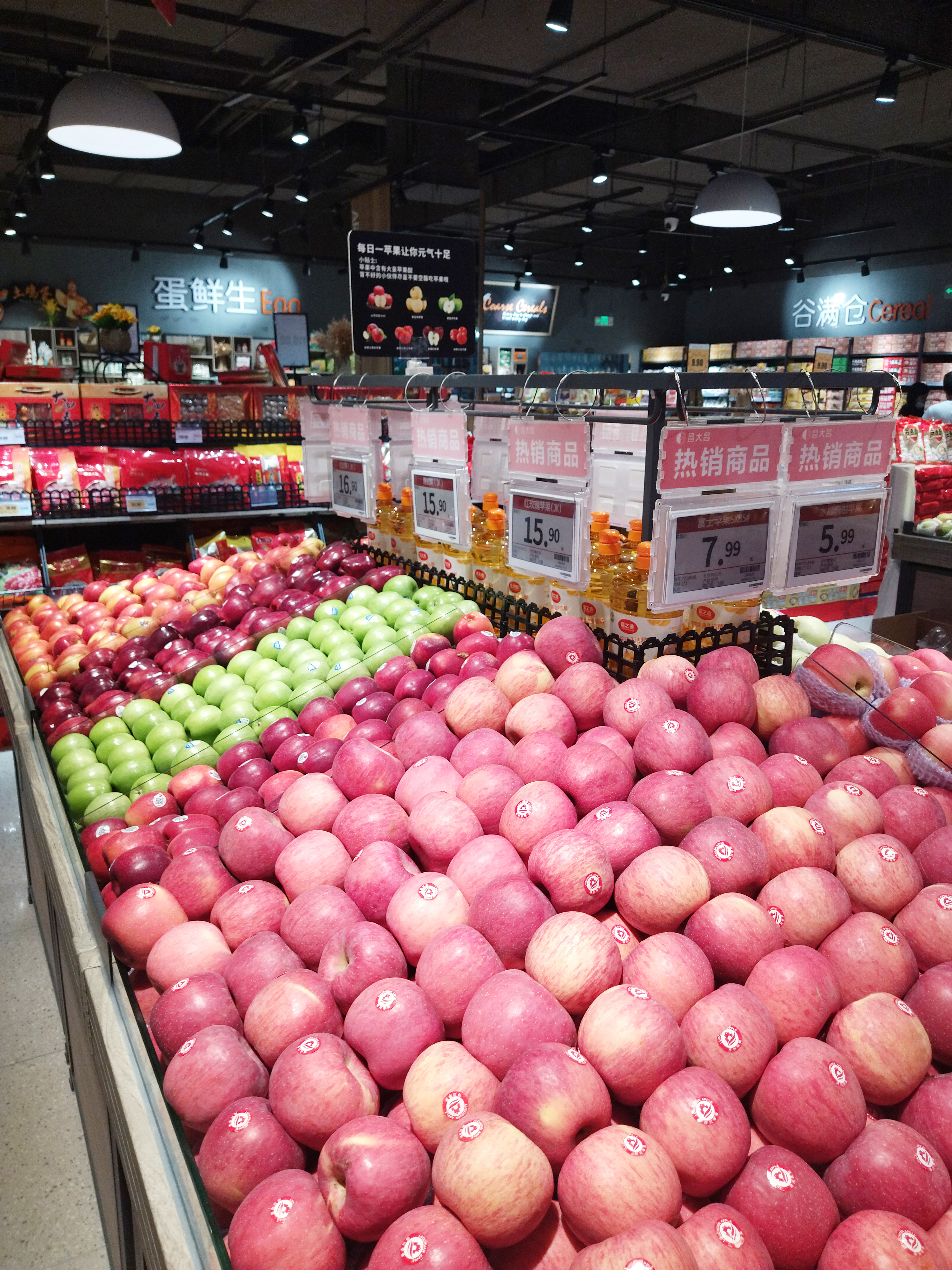
**References**
1. Nielsen: *The Power of In-Store Marketing* (2023)
2. Shopify: *ROI of POP Displays* (2022)
3. Invesp: *Impulse Buying Statistics* (2023)
4. Coca-Cola Annual Report (2022)
5. Gartner: *Retail Technology Survey* (2023)
impulse buying statistics/Point of Purchase advertising impulse buying statistics/Point of Purchase advertising impulse buying statistics/Point of Purchase advertising digital POP displays digital POP displays retail marketing trends/POP marketing strategy retail marketing trends/POP marketing strategy retail marketing trends/POP marketing strategy retail marketing trends/POP marketing strategy

